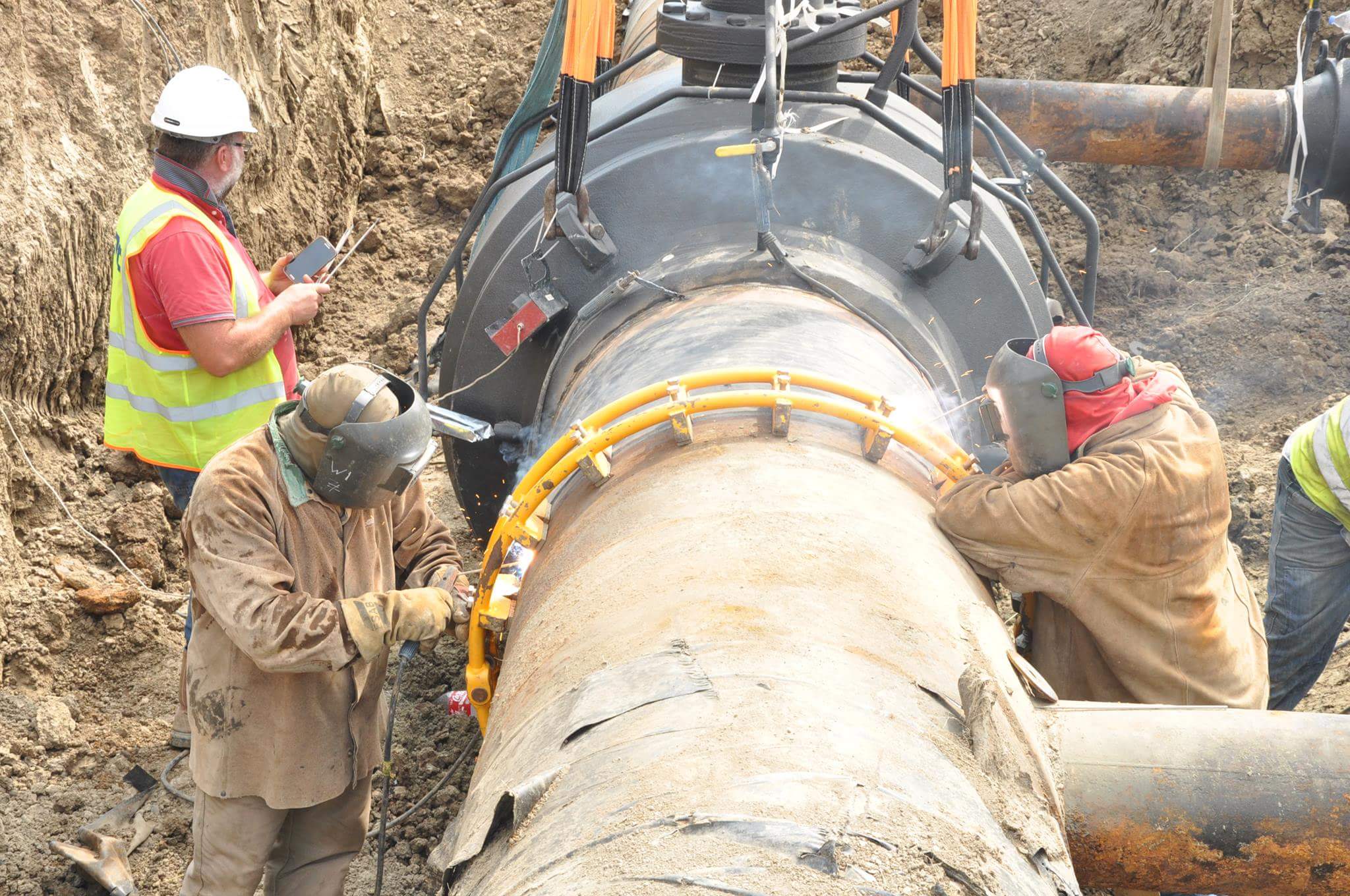Natural gas
Regional integration
-
Secretariat’s actions
-
Supporting
The Energy Community Secretariat plays an active role in bridging EU and Contracting Party gas markets — including those of the Western Balkans, Moldova, and Ukraine — by:
-
Facilitating cross-border interconnection points, ensuring both technical and commercial readiness through measures such as reverse flows, balancing zones, and harmonized nomination procedures.
-
Promoting alignment with EU network codes to enable seamless and secure gas flows across borders.
-
Driving cooperation under regional initiatives like CESEC and SEEGAS, with a focus on integrating Contracting Parties into the wider EU gas market.
-
Coordinating more efficient use of existing infrastructure, including LNG terminals, pipeline upgrades, and capacity expansion projects.
Concrete outcomes include reverse flow capabilities along the Trans-Balkan corridor and improved regional access to Ukrainian gas storage for balancing needs.
-
-
Monitoring
The Secretariat monitors:
- Whether Contracting Parties align with EU rules on capacity allocation, interoperability, and balancing, especially at EU–non-EU border points.
- Infrastructure utilization and regulatory readiness at key interconnection points, identifying congestion or technical mismatches (e.g. gas quality, pressure).
- Progress on market coupling, bundled capacity products, and transparent tariffs across border-crossing infrastructure.
-
Supporting
-
Timeline and tasks
Timeline
Since 2011, the Energy Community has aligned its gas market framework with EU rules, starting with Decision 2011/02/MC-EnC on Third Energy Package and continuing with four network codes adopted in 2018 and 2019. These include codes on capacity allocation, balancing, interoperability, and tariffs.
 Oct 2011
Oct 2011Adopting the Third Energy Package initiates alignment with the EU gas market.
 Jan 2015
Jan 2015General implementation deadline Directive 2009/73/EC.
 Jan 2018
Jan 2018Adoption of the first Network Code on Interoperability and Data Exchange Rules
 May 2021
May 2021The last implementation deadline Chapters ll, lll and lV of Balancing network code (Regulation (EU) 312/2014)
-
Tasks
Implementing cross-border interconnection points requires coordinated action between transmission system operators and national regulatory authorities in both European Union Member States and Energy Community Contracting Parties.
The Central and South Eastern Europe Energy Connectivity (CESEC) High-Level Group plays a key role in this process by bringing together governments, transmission operators, regulators, and the European Commission. Current regional priorities include:
-
Identifying the best long-term role for Ukraine’s gas system after the end of Russian transit;
-
Maximising the use of liquefied natural gas infrastructure in Croatia, Greece, and Poland to support diversification efforts in the Contracting Parties;
-
Strengthening reverse flow capabilities and improving regional coordination on gas storage.
Tasks and responsibilities within the Energy Community are distributed as follows:Authority Responsibilities TSOs Operationalise interconnection points. National Regulatory Authority Approve harmonised tariff and capacity rules. Secretariat Ensure technical, legal, and political alignment.
-
-
Tasks
-
Legal basis and purpose
Legal basis and purpose
The legal framework for regional gas market integration is grounded in Directive 2009/73/EC on the internal gas market, Regulation (EC) 715/2009 on access to gas transmission networks, and the adapted EU network codes (including those on capacity allocation, balancing, interoperability, and tariffs). It is further supported by political commitments under the CESEC memoranda and joint action plans.
The purpose of this framework is to establish a fully interconnected, competitive, and secure gas market across Central and South Eastern Europe. It promotes energy security, efficient cross-border trading, and diversified supply routes.
The cooperation framework ensures:
-
Seamless gas flows across borders, including between EU and non-EU countries
-
Non-discriminatory access to capacity and transparent booking rules
-
Price transparency and cost-reflective tariffs
-
A pathway toward market coupling and full integration into the EU energy market
-
KEY OUTPUT
TBP 2.0 Study outcomes – a foundation for regional solutions
Published in June 2025, the TBP 2.0 study presents concrete solutions to unlock the Trans-Balkan Pipeline’s (TBP) potential as a strategic South–North gas corridor. The findings aim to inform and stimulate high-level regional dialogue, offering a technical and commercial foundation for a future Energy Community and EU-backed initiative.
With Russian gas transit through Ukraine halted since January 2025 and Southeast Europe’s gas supply structure rapidly evolving, the TBP stands out as a critical asset. It offers a ready-made corridor to support reverse flows—from LNG and Caspian sources—bolstering energy security for Ukraine, Moldova, and enabling gas market integration from the Aegean Sea to the Baltic Sea.
The study outlines actionable, market-based solutions to:
- Reduce transport tariffs, addressing cost barriers to commercial use
- Harmonize capacity products and access rules across all interconnections
- Utilize existing infrastructure efficiently, avoiding major investments
If taken forward, the proposed solutions would strengthen security of supply for Ukraine, Moldova, and neighboring EU Member States by enabling access to diversified sources. They would also create low-risk commercial opportunities for TSOs while supporting alignment with EU and Energy Community regulations.
South-East European Gas Initiative (SEEGAS)
The South-East European Gas Initiative (SEEGAS) was launched on 15 December 2020 as a joint project of ten EU countries and Contracting Parties of the region as a response to stakeholders’ increasing interest in establishing organised gas exchanges and improving cross-border trading. The aim of the initiative is to foster closer cooperation between gas exchanges and transmission system operators in the region for the development of natural gas cross-border trade in an open, liquid, and competitive market that would ultimately benefit end-consumers.
Recognising the need for dialogue and cooperation well before the first signs of the current energy crisis, the SEEGAS initiative has acquired now a greater significance, as the region’s energy security is reliant on enhanced cooperation and coordination of gas exchanges.
REFERENCE DOCUMENTS
USEFUL LINKS

